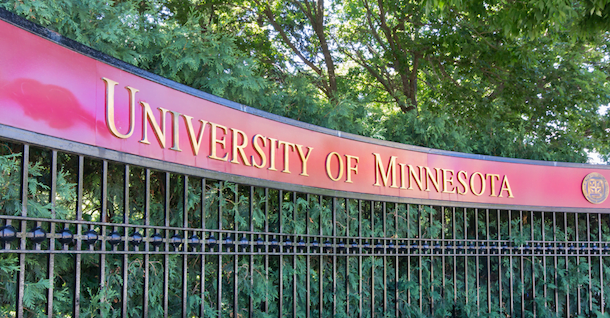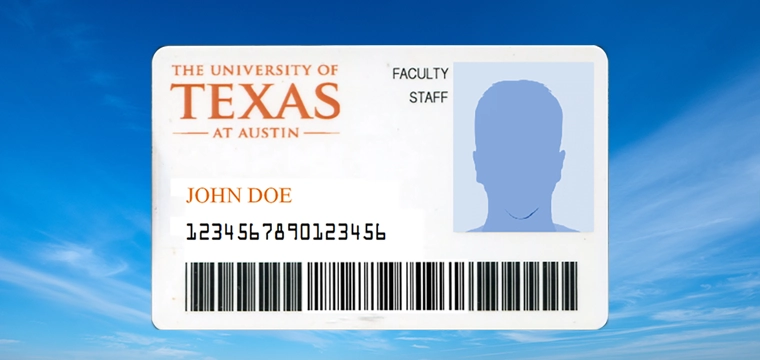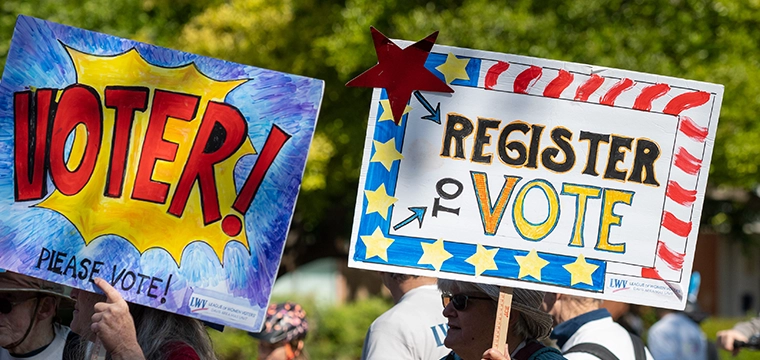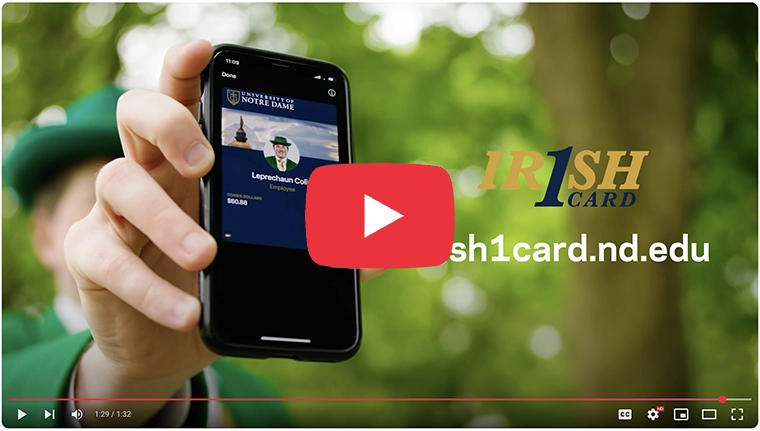
The University of Minnesota is considering limiting general public access to campus buildings in an attempt to improve security on its Minneapolis campus. The access control protocol change would apply to 70 of the university's open access buildings.
According to a report from MPR News, university officials have been discussing building entrance changes periodically since the COVID-19 pandemic, citing safety goals and concerns expressed by the university community. University officials are working with public safety staff, deans, individual building leadership, and the Office of Classroom Management to determine the best solution.
The buildings to be included in the reduced access are those with limited need for general public use. The security changes will not impact open access to public events or common public spaces like libraries, museums, and student unions — all areas that require open access to the public.
Roughly half of the university's 280 buildings currently require U Card — Minnesota's student ID card — for access. The process for determining which of those buildings will be added to mandatory card access is being conducted on a detail oriented, case by case basis.
“It depends on the nature of the building, the use of that building, the particular circumstances surrounding that," said Myron Frans, Senior Vice President for Finance and Operations speaking of new access policy.
Recent instances of violence on other college campuses have, in part, influenced the Minnesota's decision to overhaul is campus building security.
“The incident at Michigan State sort of tells us to close as many buildings as we can from outsiders,” cited Frans. “And on the other hand, it's a public university, and we want access, we want people there. The main thing for all these buildings, if you're a student, a staff or faculty and you have your U card, you can get in under the right hours.”
The university also plans to run a security pilot at one of its campus residence halls. That project will see the installation of turnstiles at the entrance of the dorm, in time for the start of this fall semester. Further measures include more security staffing and cameras to further improve safety at the residence hall.
“The pilot program will include working closely with staff and students at Pioneer Hall to get their feedback and their experience with the turnstiles to determine whether we should expand this to other areas,” said Frans.
The University of Minnesota's Housing and Residential Life will conduct a more comprehensive security assessment this fall in an attempt to identify the need for any additional staffing or safety measures for student dorms on campus.




